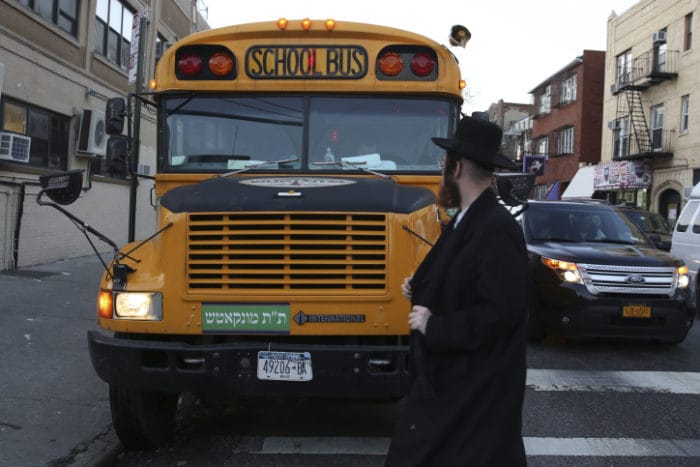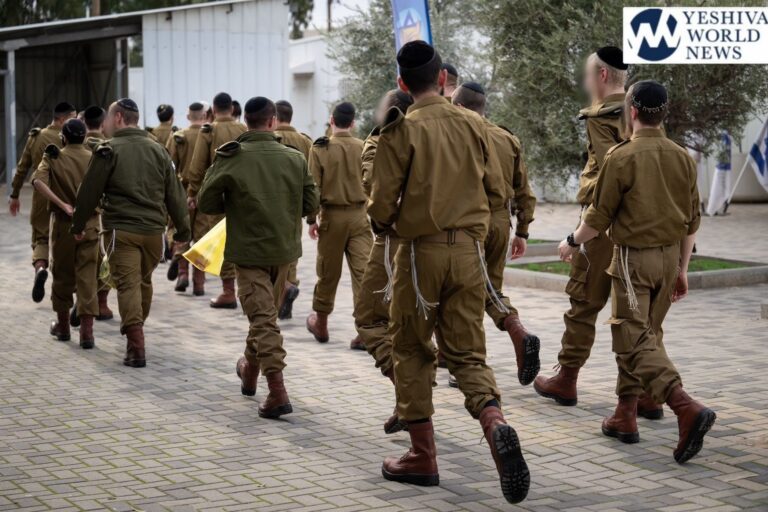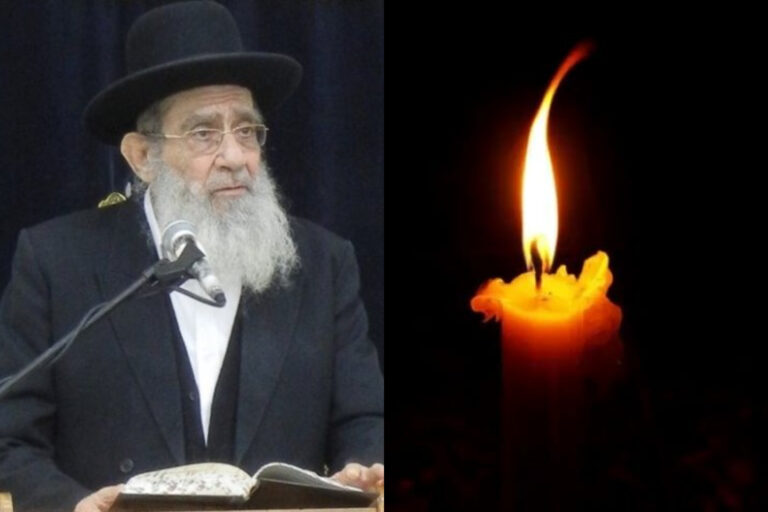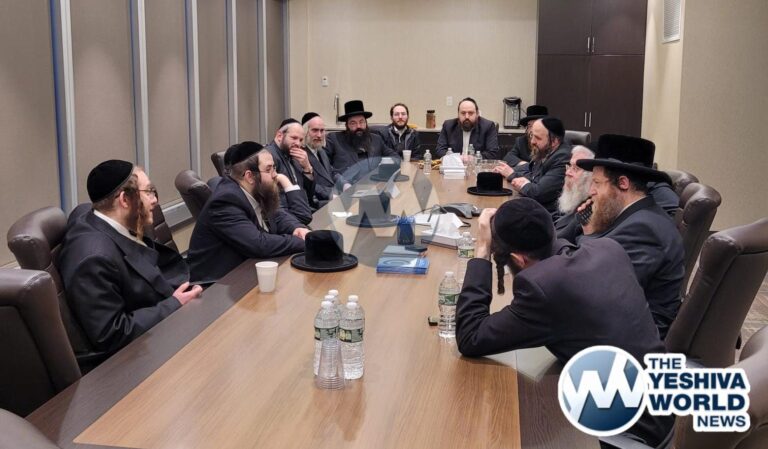 An American Airlines jetliner came within a half-mile of two giant military cargo planes in a harrowing near-collision over the Atlantic two weeks ago, investigators said yesterday.
An American Airlines jetliner came within a half-mile of two giant military cargo planes in a harrowing near-collision over the Atlantic two weeks ago, investigators said yesterday.
Errors by Long Island-based air controllers and the jetliner’s pilot are suspected in the incident, an air-control source told The Post.
American Flight 951, bound for Sao Paulo, Brazil, took off at 10:23 p.m. from Kennedy Airport on Jan. 20.
Minutes later, about 80 miles southeast of New York, the Boeing 777 came within 200 feet vertically and 2,000 feet horizontally of two Air Force C17 Globemaster cargo planes heading northwest toward McGuire Air Force Base in New Jersey, the air-control source said.
The Boeing jet was traveling at 400 mph at the time of the incident, according to radar data on the Web site FlightAware.com. At that speed, it could have closed the distance to the military jets in mere seconds.
At 10:35 p.m., 12 minutes into its flight, the 777 briefly slowed down and suddenly turned to the south, as if it were avoiding a collision.
The three planes were close enough to trigger a Traffic Collision Avoidance System, or TCAS, alert on the American Airlines jet, the National Transportation Safety Board said.
The incident also triggered automatic alerts to the FAA’s New York Center, which oversees that area of the Atlantic Ocean. With the alert and the controllers’ guidance, the planes avoided a collision, the NTSB said.
Within minutes of the incident, the American plane resumed its course, the radar data show. No one aboard any of the planes was injured.
Controllers in the New York Center, in Ronkonkoma, LI, were briefed on the incident Thursday.
The NTSB says it has already interviewed the controllers involved and is still gathering information from the Air Force and the airline.
A spokesman said the Air Force was cooperating with the NTSB investigation. American Airlines declined to comment.
In a statement, the FAA said: “All air-traffic operational personnel at New York Center are already reviewing a variety of procedures including the handling of formation flights, aircraft near sector boundaries and TCAS requirements.”
(Source: NY Post)










